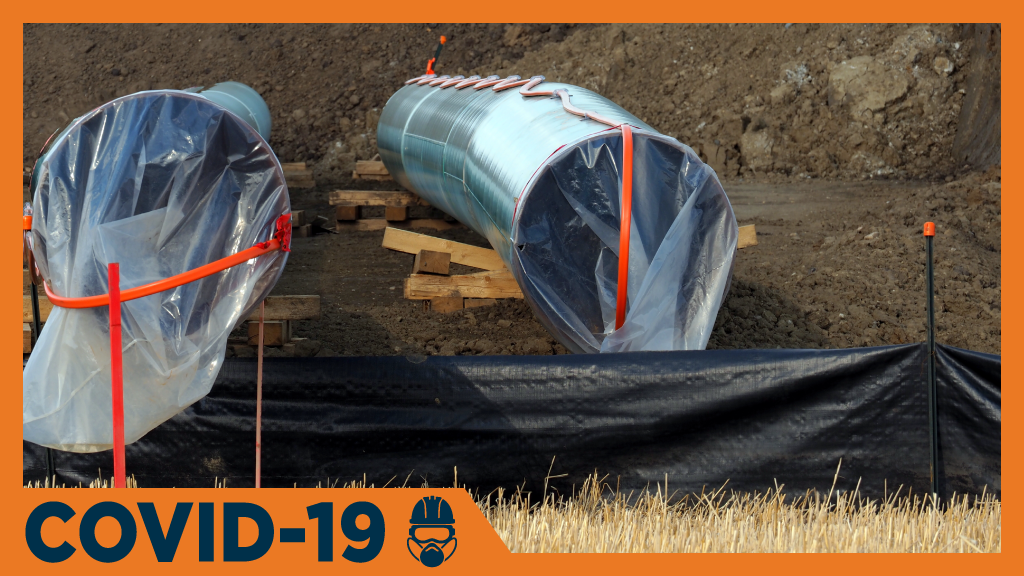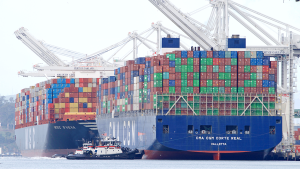This is the first of a two-part series exploring the measures various provincial governments, industry stakeholders and the like are taking in order for major infrastructure projects to get underway and help the country recover from the COVID-19 crisis.
In January 2020, the Canadian economy, with the exception of the oil and gas sectors, was close to full employment and forecast to grow modestly.
Then the COVID-19 pandemic hit the country, resulting in an unusual public health and economic crisis.
“This recession is like nothing experienced before,” says Alex Carrick, ConstructConnect chief economist. “In past recessions, people still took planes, went on trips, stayed in hotels and went out to bars and restaurants and movies.
“But, earlier in 2020, the supply of many products and services was shut down. The repercussions have been extensive and are still with us.”
The government’s response has made this recession different from most economic downturns, says Matti Siemiatycki, interim director with the school of cities at the University of Toronto.
“This one is being called a ‘she-recession,’ because it disproportionately affects the service sector, where most employees are women,” Siemiatycki says. “And it’s out of the ordinary because it’s both a public health and economic emergency at the same time. Not only are the origins of this recession different from earlier recessions, the exits, the returns to normal, will be different, too.”
To reduce person-to-person transmission of the coronavirus that causes the COVID-19 disease, governments at all levels imposed emergency measures to establish and enforce separation between individuals in public, coined “physical distancing.”
After the distancing restrictions were put in place, governments began introducing a range of emergency programs: income support for workers; wage subsidies for businesses and non-profits; and bond-buying, to ensure the liquidity of the financial system.
On top of that, there have been calls from individuals and organizations for a public-sector-led infrastructure program as the Canadian economy begins to rise slowly to its feet again.
Metro Vancouver has suggested upgrades and replacement of infrastructure for fresh water and wastewater treatment, renewable energy generation, parkland enhancements and affordable housing.
In Alberta, the provincial government recently promised billions of dollars of infrastructure spending as part of an effort to help the economy recover from the effects of COVID-19 and the crash in oil prices.
Premier Jason Kenney says a $10 billion investment in infrastructure could create 50,000 jobs.
Kenney says the infrastructure spending plans include money for roads, hospitals, schools, pipelines and water projects.
In an announcement, the premier says the government will launch a series of large-scale infrastructure projects with a total value of $612 million in summer 2020.
“These projects are designed to create at least 2,500 jobs and the projects have been chosen to improve long-term economic growth and to encourage investment across the province.
“These strategic projects…will include the twinning of highways, projects that support growth in the agricultural sector, gas line extensions for northern residents, treatment facilities for Albertans recovering from addictions, and other important projects.”
Perrin Beatty, president and CEO of the Canadian Chamber of Commerce, wrote an open letter to the federal government in April 2020 in which he says, “investments this year and next in the right projects will support immediate economic growth while increasing Canada’s long-term productivity.”
Beatty says the best source for shovel-ready projects that support Canadian competitiveness is the National Trade Corridors Fund.
“We encourage you to work with Transport Canada and fund projects that have already applied for funding through this program.
“In addition to these trade-enabling projects, other shovel-ready projects that will have both short and long-term economic benefits include those that improve Canada’s digital infrastructure and strengthen Canada’s energy and supply chain resiliency.”











Recent Comments
comments for this post are closed